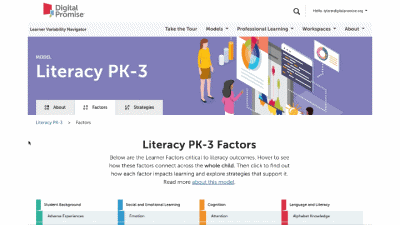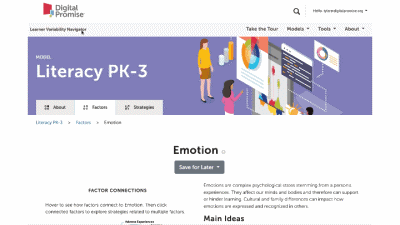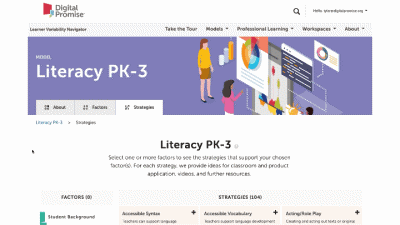Verbal Repetition
Overview
Having students verbally repeat information such as instructions ensures they have heard the information and supports remembering, particularly for those students who struggle with Attention. When teaching new information, including important Vocabulary, having students repeating and discussing the content can help them retain and store the information more efficiently. With verbal repetition, learners can personalize, interact with, and use their own words to explain the information, activating multiple brain pathways to show understanding and help move knowledge from Short- to Long-term Memory.
Example: Use This Strategy In in the Classroom
Design It into Your Product
Factors Supported by this Strategy
More Repetition Strategies
Daily review strengthens previous learning and can lead to fluent recall of information and application of skills.
Increasing how much and how frequently students write improves both their writing quality and content knowledge.
Opportunities for students to practice skills in context, with teacher support and also independently, helps to move concepts and ideas into Long-term Memory.
Practicing until achieving several error-free attempts is critical for retention.
Students build their confidence, strategy use, and comprehension by reading and rereading multiple texts.








